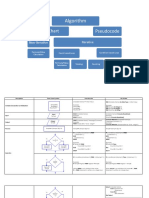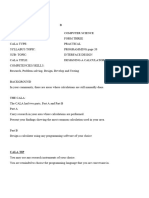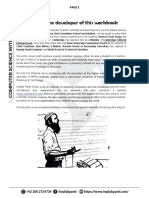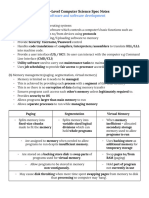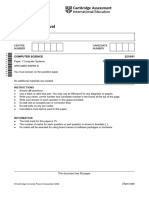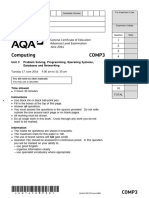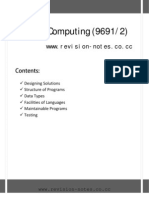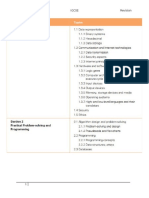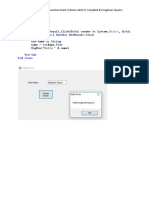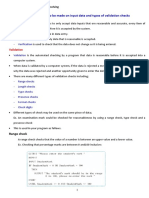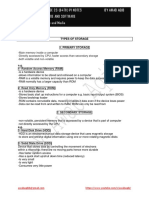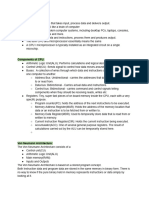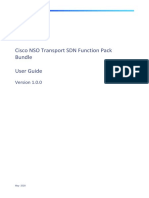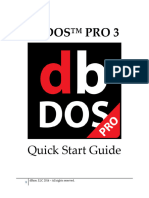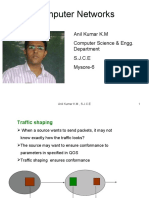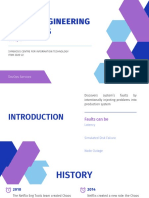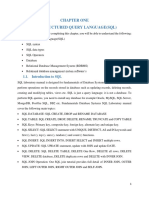0% found this document useful (1 vote)
784 views5 pages1.1 Summary Notes Computer Science A Level OCR
The document summarizes the characteristics of contemporary processors, input, output, and storage devices. It describes the structure and function of processors including the CPU, registers, buses, and fetch-decode-execute cycle. It also discusses measures of CPU performance like clock speed, number of cores, and cache. The types of processors, input/output devices, and magnetic, flash, and optical storage are also outlined.
Uploaded by
Chi Nguyễn PhươngCopyright
© © All Rights Reserved
We take content rights seriously. If you suspect this is your content, claim it here.
Available Formats
Download as PDF, TXT or read online on Scribd
0% found this document useful (1 vote)
784 views5 pages1.1 Summary Notes Computer Science A Level OCR
The document summarizes the characteristics of contemporary processors, input, output, and storage devices. It describes the structure and function of processors including the CPU, registers, buses, and fetch-decode-execute cycle. It also discusses measures of CPU performance like clock speed, number of cores, and cache. The types of processors, input/output devices, and magnetic, flash, and optical storage are also outlined.
Uploaded by
Chi Nguyễn PhươngCopyright
© © All Rights Reserved
We take content rights seriously. If you suspect this is your content, claim it here.
Available Formats
Download as PDF, TXT or read online on Scribd
/ 5





